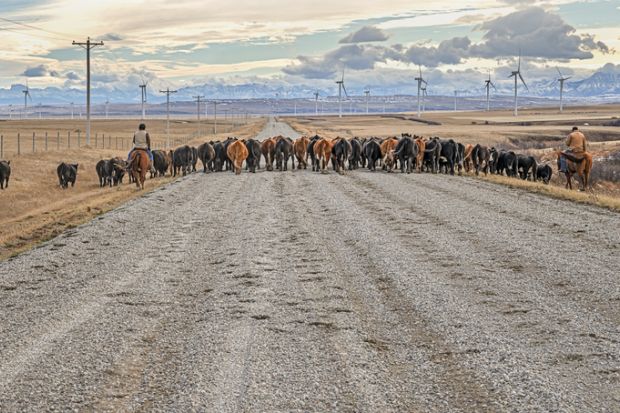The Canadian government has pulled most of its diplomats out of India, raising risks for its higher education sector, especially campuses in rural northern regions that have grown heavily dependent on students from the world's most populous nation.
Canada and India have been in a diplomatic battle for the past month, since Canadian prime minister Justin Trudeau announced that his government had credible evidence that the Indian government was involved in the killing this past June in British Columbia of Hardeep Singh Nijjar, a Canadian citizen and a leader of Sikh separatists in India.
The repercussions included India suspending all visa services in Canada and declaring in early October that 41 of Canada’s 62 diplomats in India would need to leave the country. Canada waited past a one-week deadline for compliance, but has now removed the diplomats after negotiations on the matter failed.
Substantial implications loom for Canadian higher education. Canada hosts more than 800,000 postsecondary students from abroad, who supply nearly half of all tuition revenue in the country. India accounts for about 320,000 of those students – by far the largest share – according to federal data.
The dependency on foreign students paying multiples of domestic tuition rates, and on those from India in particular, has grown rapidly in recent years. Study permit applications in Canada have more than doubled since 2017, according to federal data.
The disparities are even more extraordinary in Canada’s sparsely populated northern regions, where students are less willing to travel for their college experiences. In Ontario, Canada’s biggest province by population, a common arrangement involves public campuses in the north that partner with private institutions in the more urban south, often the Toronto area, that enrol large numbers of international students.
Such institutions have been found to get three-quarters or more of their students from abroad, with those from India representing the overwhelming majority of them.
A 2021 analysis by the Ontario auditor general warned of the danger of such a high reliance on international student enrolment, especially “if individuals from one country were to suddenly not be able to obtain study visas or otherwise be restricted from entering Canada”.
The auditor general counted at least five public colleges – Cambrian, Canadore, Lambton, Northern and St. Lawrence – that would be losing money without that arrangement.
Canadian federal officials, in announcing the withdrawal of the 41 diplomats, described having tried multiple avenues for de-escalating the conflict, only to meet resistance from their counterparts in India. That includes Mr Trudeau not retaliating by ordering India’s diplomats to leave Canada.
The loss of diplomatic staff in India will dramatically slow processing times for visa applications, the Canadian officials said. Among other effects, the officials said, Canada needed to suspend in-person services in Chandigarh, Mumbai and Bangalore.
While the diplomatic confrontation between their government and India escalates, the northern colleges are still awaiting evidence of how bad it will become. A spokesman for Cambrian said his college would probably learn the scale of the damage near the start of the winter semester in January, “when we typically have a large number of new international students join the college”.
For now, the spokesman insisted, “it is business as usual here”.




